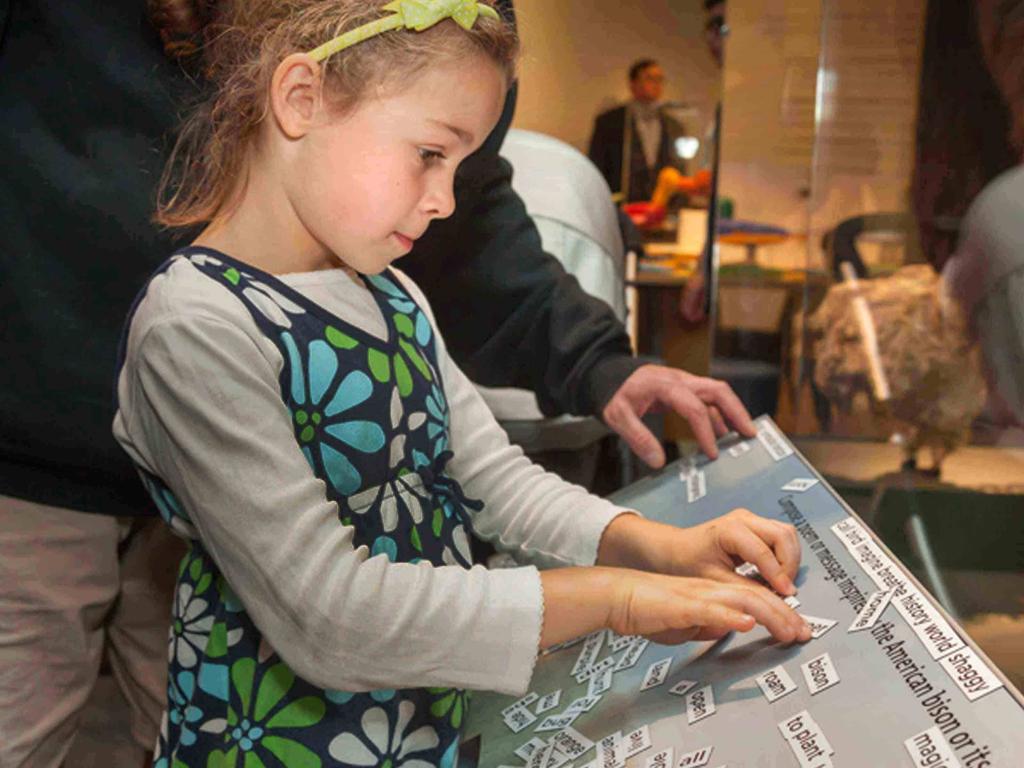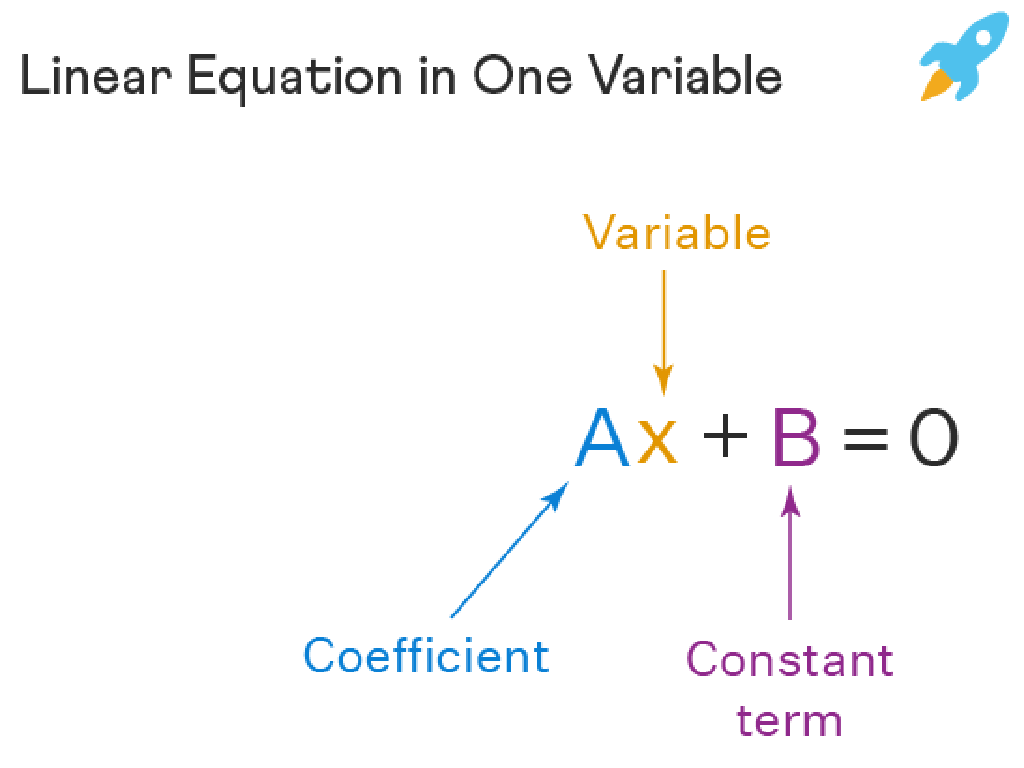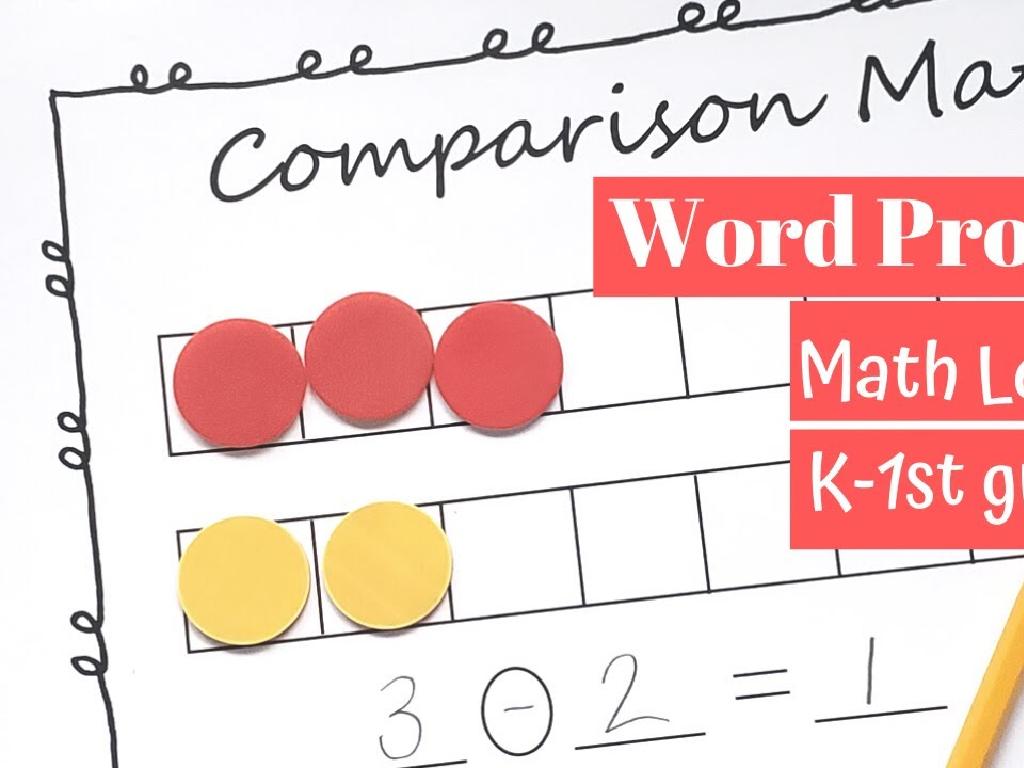Compare Numbers Up To 100 Using Words
Subject: Math
Grade: First grade
Topic: Comparing Up To 100
Please LOG IN to download the presentation. Access is available to registered users only.
View More Content
Welcome to Comparing Numbers!
– Learn to compare numbers up to 100
– Understand bigger and smaller
– Which number is bigger: 45 or 32?
– Use words like ‘greater’ and ‘less’
– ‘Greater than’, ‘less than’, ‘equal to’
– Practice comparing with words
– Examples: 58 is greater than 37, 76 is less than 89
|
This slide introduces first graders to the concept of comparing numbers up to 100. Start by explaining that numbers can be compared to each other to find out which one is bigger or smaller. Introduce the terms ‘greater than’, ‘less than’, and ‘equal to’ as the words we use to compare numbers. Use relatable examples, such as comparing the number of apples in two different baskets, to illustrate these concepts. Encourage the students to use these terms in sentences to describe the relationship between two numbers. Provide plenty of practice opportunities with different number pairs and ensure that students understand that the comparison is based on the value of the number, not the number of digits.
Learning to Compare Numbers
– What does ‘compare’ mean?
– Comparing is finding if things are the same or different in amount or size
– We compare things every day!
– Like comparing toys or books to see which has more or less
– Comparing numbers with words
– We use special words to talk about numbers
– Words we use: ‘greater’, ‘less’, ‘equal’
– These words help us describe how numbers relate to each other
|
This slide introduces the concept of comparison to first graders. Start by explaining that to compare means to find out if things are the same or different. Use relatable examples like comparing the number of toys or books they have to make the concept more tangible. Then, transition to comparing numbers and introduce the vocabulary ‘greater’, ‘less’, and ‘equal’. Use visual aids like number lines or objects to demonstrate these concepts. Encourage the students to practice using these words in sentences to describe relationships between numbers up to 100.
Comparing Numbers Using Words
– ‘Greater than’ is bigger
– If one pile of apples has more than another, it’s ‘greater than’.
– ‘Less than’ is smaller
– If one cookie jar has fewer cookies, it’s ‘less than’.
– ‘Equal to’ is the same
– If two bags have the same number of marbles, they are ‘equal to’.
|
This slide introduces first graders to the concept of comparing numbers using words. ‘Greater than’ is used when one number is bigger than another, like when comparing two groups of objects and one has more. ‘Less than’ is for when one number is smaller, or when one group has fewer items than another. ‘Equal to’ means both numbers are the same, like when two groups have the exact number of items. Use real-life examples such as comparing amounts of fruits, toys, or candies to make it relatable. Encourage students to practice by comparing things in the classroom or at home.
Let’s Practice Comparing Numbers!
– Use a number line to compare
– Right means greater, left means less
– Example: 45 is greater than 32
– On a number line, 45 is to the right of 32, showing it’s larger
– Practice with different numbers
– Try comparing 58 and 46, or 73 and 67 on a number line
|
This slide is designed to help first graders understand the concept of comparing numbers using a number line. It’s a visual tool that helps them see that numbers increase in value as they move to the right and decrease as they move to the left. The example provided uses numbers 45 and 32 to illustrate that 45 is greater because it is positioned to the right of 32 on the number line. Encourage the students to practice with different numbers and to use the number line as a guide. Activities can include identifying which of two numbers is greater or smaller, or placing a set of numbers in order from least to greatest or vice versa. The goal is to build confidence in comparing numbers up to 100.
Using Words to Compare Numbers
– ‘Greater than’ means more
– Like 58 is more than 46
– ‘Less than’ means fewer
– Like 29 is fewer than 73
– ‘Equal to’ means the same
– Like 64 is the same as 64
– Practice comparing with words
|
This slide introduces the concept of comparing numbers using words such as ‘greater than’, ‘less than’, and ‘equal to’. It’s crucial to use relatable examples to help first graders understand these concepts. For instance, comparing the number of apples in two different baskets can make the idea of ‘greater than’ and ‘less than’ more tangible. When explaining ‘equal to’, using identical pairs of items can be effective. Encourage students to practice by using these terms in sentences and provide them with various number pairs to compare as an activity. This will help solidify their understanding of comparison using words.
Your Turn to Compare Numbers!
– Observe two numbers I show
– Decide which number is greater or less
– Is 45 bigger than 32? How can you tell?
– Use words to describe the comparison
– Say ‘greater than’, ‘less than’, or ‘equal to’
– Get ready for a fun comparison game!
|
This slide is an interactive activity designed to engage first-grade students in comparing numbers up to 100. Display two numbers on the board and ask the students to determine which number is greater, which is less, or if they are equal. Encourage them to use phrases like ‘greater than’, ‘less than’, or ‘equal to’ in their answers. For example, if the numbers are 45 and 32, guide them to say ’45 is greater than 32′. This activity helps to reinforce their understanding of numerical order and comparison using words. Prepare a series of number pairs in advance and consider using manipulatives or visual aids to support the learning process. Make sure to praise their efforts and correct any misunderstandings gently and positively.
Class Activity: Number Match-Up Game
– Understand greater, less, or equal
– Use cards with numbers and words
– Cards show numbers like ’50’ and words like ‘fifty’
– Pair up for a matching challenge
– Find which numbers are bigger, smaller, or the same
– Aim for correct matches to win!
|
This interactive game helps students practice comparing numbers up to 100 using words. Provide each student with a set of cards, some with numerical values and others with the number words written out. Students will pair up and take turns presenting a card to their partner, who must find the matching card that represents the same value. For example, a card with ’60’ should be matched with a card that says ‘sixty’. Encourage students to use the terms ‘greater than’, ‘less than’, or ‘equal to’ when making matches. Monitor the pairs to ensure understanding and correct use of vocabulary. Possible variations of the activity could include timed rounds, using different sets of numbers, or having students create their own number cards.






